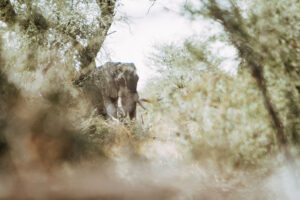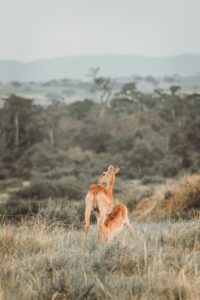Wildlife watching and photography are popular pastimes that allow us to connect with nature and appreciate the beauty of the natural world. However, it’s important to remember that our actions can have a profound impact on the animals we observe. Unethical wildlife-watching practices can disrupt animal behaviour, cause stress and even harm the animals. To ensure we enjoy wildlife watching in a responsible and ethical manner. Here’s a guide to ethical wildlife watching and photography.
What is Ethical Wildlife Watching?
Ethical wildlife watching is the practice of observing and photographing wildlife in a way that minimizes our impact on the animals and their environment. It involves respecting the animals’ natural behaviours and habitats and ensuring that we don’t interfere with them in any way.
When we engage in ethical wildlife watching. We not only minimize our impact on the animals and their habitats, but we also gain a deeper understanding and appreciation of the natural world. We can learn about the animals’ behaviours, habitats and how they interact with each other and their environment. Moreover, ethical wildlife watching promotes conservation by raising awareness of the importance of preserving the natural world.




Tips for Ethical Wildlife Watching
- Respect the animals’ natural behaviour. When observing wildlife, it’s important to respect their natural behaviours and not interfere with them. Avoid getting too close or making sudden movements that might startle the animals.
- Do not feed the animals. Feeding wildlife can have negative consequences, such as altering their natural diets, creating dependency, and encouraging them to approach humans, which can be dangerous for both the animals and humans.
- Stay on designated trails. When visiting natural areas, stay on designated trails to minimize your impact on the environment and avoid disturbing wildlife habitats.
- Keep a safe distance. Keep a safe distance from the animals, using binoculars or zoom lenses to get a closer look. Never try to touch or approach the animals, as this can cause them stress or even provoke them to attack.
- Be mindful of the time of day and season. Some animals are more active during certain times of the day or year. Be mindful of these patterns and plan your wildlife watching accordingly.
- Support conservation efforts: Consider supporting conservation organizations or volunteering your time to help protect wildlife habitats.
Ethical Wildlife Photography: What to Avoid
- Do not use flash photography. Flash photography can startle and disorient animals and should be avoided.
- Do not make loud noises. Loud noises can disrupt animal behaviour and cause stress.
- Do not chase or corner animals. Chasing or cornering animals can cause them to become stressed or even injure themselves.
- Do not disturb nesting or breeding areas. It’s important to respect the animals’ breeding and nesting areas and avoid disturbing them during these critical times.
Ethical wildlife watching and photography is about respecting the animals and their environment while enjoying the beauty of the natural world. By following these simple tips and guidelines, we can minimize our impact on wildlife and promote conservation efforts. Remember, ethical wildlife watching is not only good for the animals and their habitats, but it also provides a rewarding and enriching experience for us as well




Want to support my work?
I spend a lot of time keeping this website filled with educational content and keeping updates about what I do to achieve my dream of working and living in Africa. Do you want to support me? You can buy me a coffee or purchase one of my digital prints. All proceeds will go towards my elephant research and the time spent on this website.




